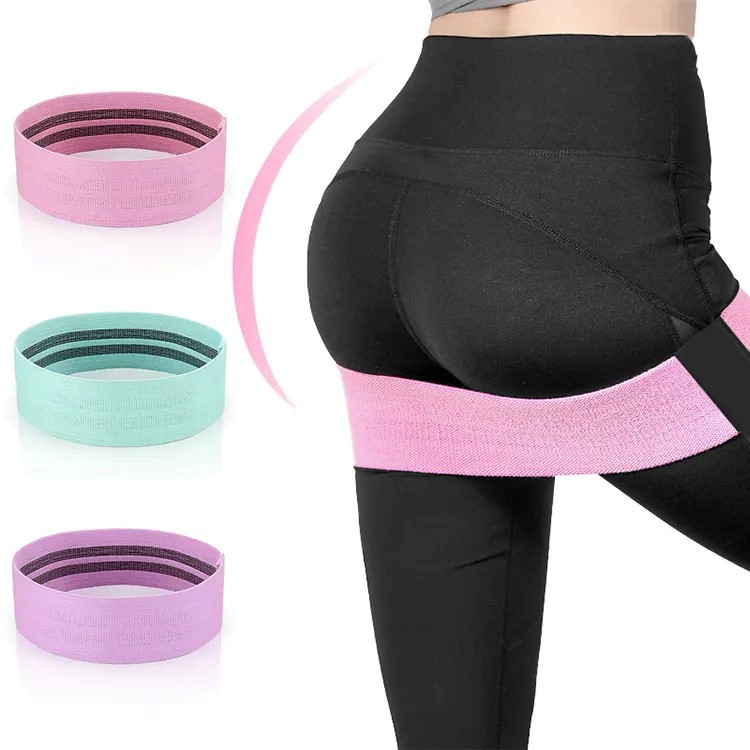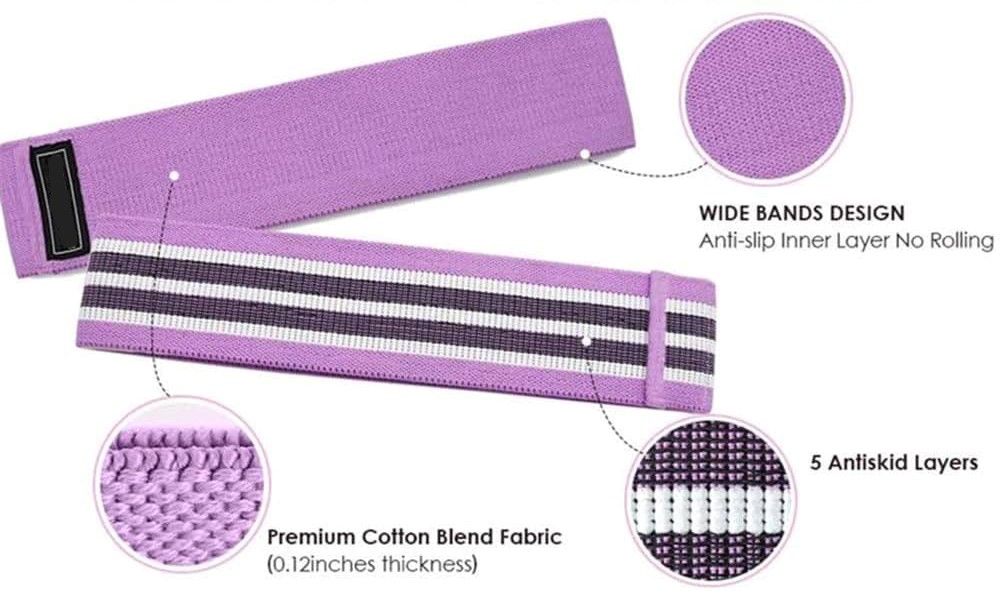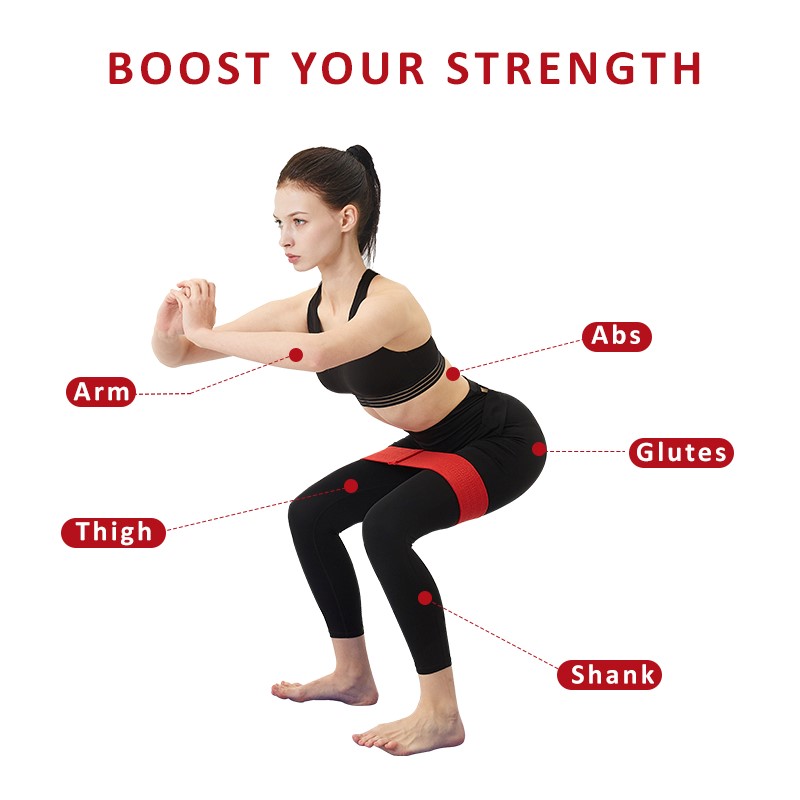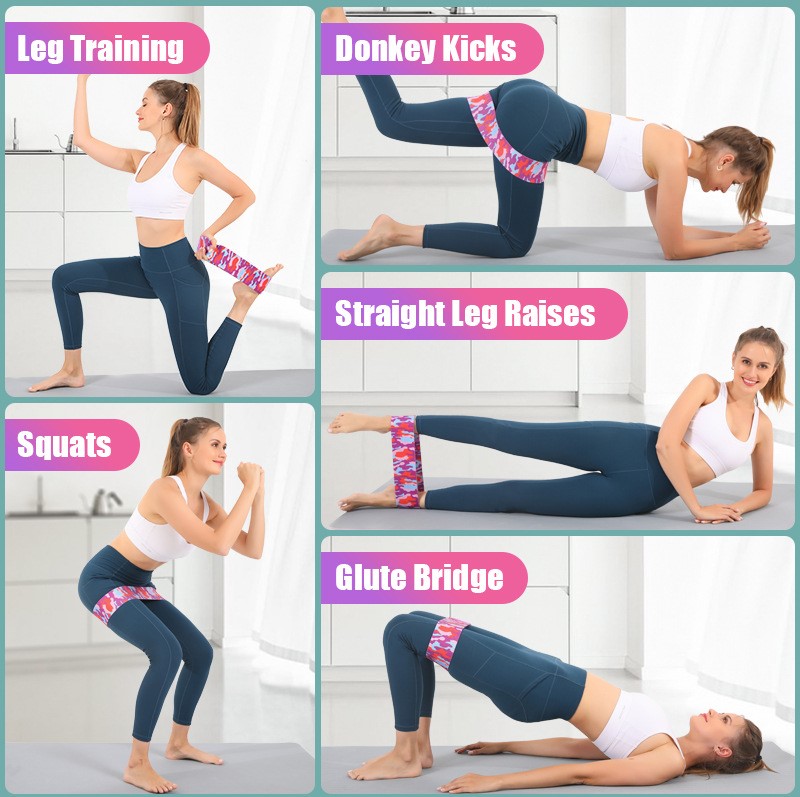Are you ready to take your fitness routine to the next level? Look no further than the hip band, a versatile and essential tool for enhancing your lower body workouts. In this article, we'll dive into the materials that make up a high-quality hip band and provide you with a comprehensive user guide to maximize your results. Let's jump right in!

Part 1: Hip band Materials
1. Nylon:
Nylon is a popular choice for hip bands due to its durability and strength. It can withstand the rigors of intense workouts, ensuring long-lasting performance. Nylon is also known for its flexibility, allowing for a comfortable fit and freedom of movement during exercises.
2. Polyester:
Another commonly used material in hip bands is polyester. It offers similar benefits to nylon, including durability and flexibility. Polyester is known for its moisture-wicking properties, keeping you cool and comfortable even during the most intense workouts.
3. Neoprene:
Neoprene is a synthetic rubber often used in hip bands. Its excellent stretchability and compressibility make it ideal for providing a snug and secure fit. Neoprene also offers thermal insulation, keeping your muscles warm and supporting blood circulation during workouts.

Part 2: How to use hip band
1. Proper Adjustment:
To ensure optimal performance and comfort, it's essential to adjust the hip band correctly. Start by loosening the straps and placing the band around your hips. Secure the straps tightly, making sure the band fits snugly without cutting off circulation. A well-adjusted band will provide the necessary support for your lower body exercises.
2. Targeted Exercises:
The hip band is designed to enhance glute activation, so focus on exercises that engage your glute muscles. Squats, lunges, hip thrusts, and donkey kicks are excellent choices. Remember to maintain proper form and technique to maximize the benefits and minimize the risk of injury.

3. Gradual Progression:
If you're new to using a hip band, start with lighter resistance and gradually increase the intensity. This progressive approach allows your muscles to adapt and grow stronger over time. Listen to your body and push yourself within your comfort zone to achieve steady progress.
4. Warm-up and Cool-down:
Before and after using the hip band, ensure you warm up and cool down your muscles properly. This helps prevent injuries and promotes muscle recovery. Incorporate dynamic stretches and mobility exercises to prepare your body for the workout and gentle stretching to cool down afterward.
5. Care and Maintenance:
To prolong the lifespan of your hip band, proper care is essential. After each use, wipe down the band with a damp cloth to remove sweat and dirt. Let it air dry before storing it in a cool, dry place. Avoid direct sunlight and extreme temperatures to prevent damage to the materials.

Conclusion:
A hip band is a valuable addition to any fitness routine, offering enhanced glute activation and improved lower body strength. By utilizing high-quality materials like nylon, polyester, and neoprene, and following the user guide, you'll unlock the full potential of your workouts and achieve your fitness goals in no time.
Post time: Aug-18-2023
